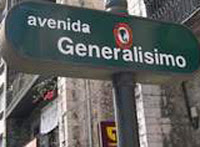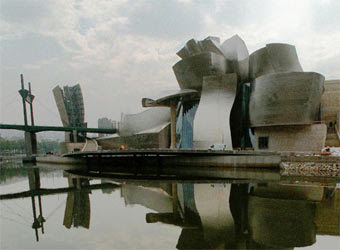El Éxito del Vino Chileno.

Carménère grapes in the Viña MontGras vineyard in Palmilla, Colchagua, Chile.
El NYTimes publica hoy en su sección sobre vinos acerca de la uva Carménère y porqué es el éxito del vino chileno.
The truth is that wine has been produced in Chile for more than four centuries, since the first Spanish settlers brought vines with them in the mid-1500s. By the late 19th century, the Chilean wine industry had become especially successful, but not because the winemakers were particularly skilled or because the wine was very good. It was really a matter of luck.
In the late 1800s, European vineyards were devastated by phylloxera, a ravenous aphid that attacks the roots of vinifera vines, the species of all the great European grapes. Before the phylloxera epidemic, wealthy Chileans had brought home and planted cuttings of unaffected French vines.
Even as phylloxera attacked vinifera plantings in North America and even in Argentina, Chile remained free of the bug. Possibly this was because of its geographic isolation, with the Andes to the east and the Pacific to the west. Or maybe it was because the combination of climate and soil was inhospitable, or because the government was vigilant in barring the import of vines carrying the bug.
Whatever the reason, the Chilean wine industry, virtually alone, was phylloxera-free in the late 19th century, and to this day phylloxera has not been found there. Which brings us back to carmenère.
The grape was widely planted in Bordeaux before phylloxera. It was reputed to produce excellent wine, but it ripened late and was susceptible to coulure, a natural condition that can produce extremely low yields. After phylloxera, it was not replanted; hardly any carmenère can be found today in Bordeaux.
That might have been the last word on carmenère, had some French scientists visiting Chile in the early 1990s not been troubled by the appearance and character of Chilean merlot. Further studies revealed that in fact much of the merlot planted in Chile was in fact carmenère, traceable most likely to cuttings brought over in the mid-19th century.
While this might have been a blow in the merlot-happy 1990s, today it has the potential to be a great boon to Chile's wine industry, which, since the nation's political turmoil of the 1970s and 1980s, has spent millions modernizing to compete worldwide.
Chile's further emergence may depend on carmenère, which is produced virtually nowhere else in the world.
Y qué vino es recomendable?

En el Blog de Eric Asimov http://thepour.blogs.nytimes.com/ se puede obtener ésta y más info sobre vinos.
To examine the current state of Chilean carmenère, the wine panel recently tasted 25 bottles. Florence Fabricant and I were joined by two guests: Christy Canterbury, beverage director of Culinary Concepts by Jean-Georges, and Andrew Fortgang, who recently left his post as beverage director at Craft in New York to become the sommelier at Le Pigeon in Portland, Oregon
The wines we tasted were all over the place stylistically, from simple and even rustic to polished and sophisticated. Some of the wines were characterized by dark, plummy flavors while others were more floral. Many wines had an attractive spicy quality that Florence likened to roasted chili peppers. This is not to be confused with an unpleasant bell pepper aroma that characterizes carmenère made from underripe grapes.
Our favorite bottle also happened to be, at $9, one of the cheapest bottles in the tasting, a 2005 Viña MontGras Reserva. This is an astounding value, a fresh, lively wine with balanced, lingering flavors of ripe plums, flowers and spices.
By contrast, our No. 2 wine was, at $70, our second most-expensive bottle, the 2003 Clos Apalta from Casa Lapostolle. This wine is labeled as 70 percent carmenère-merlot, since carmenère was often interplanted with real merlot and cannot be singled out. The other 30 percent is cabernet sauvignon, which gives this wine more structure.
This wine also had quite a bit of new oak flavoring, as is typical of ambitious New World wines. But the oak was well integrated, unlike our most expensive bottle at $75, a 2003 Concha y Toro Carmín de Peumo, which was thoroughly dominated by oak. It did not make our top 10 list.
Sphere: Related Content















































